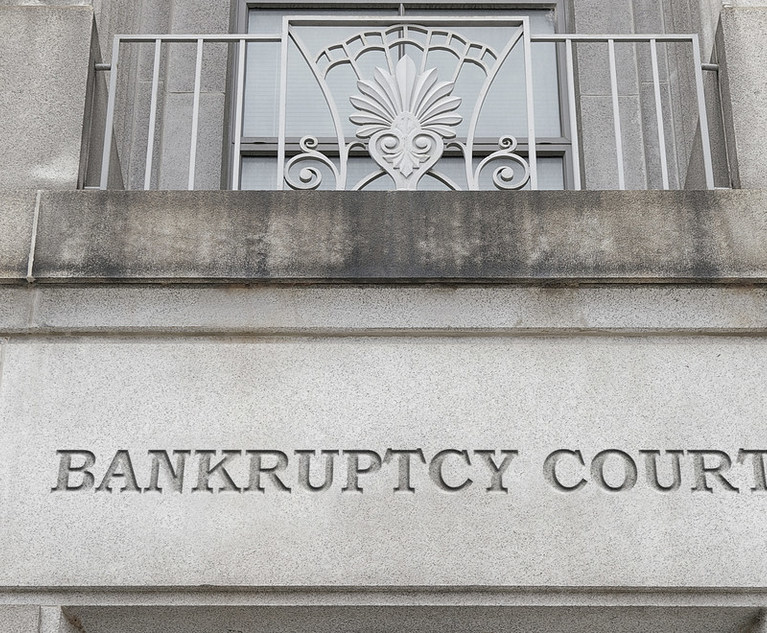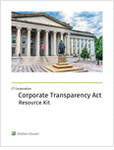Since 2020, uncertainty has plagued the commercial bankruptcy bar as government stimulus, low interest rates and lenient lenders sent Chapter 11 filings to historic lows. Simultaneously, subchapter V of the 2019 Small Business Reorganization Act (SBRA) benefitted attorneys by making Chapter 11 accessible to more debtors, including a substantial portion that were enabled to file for bankruptcy after the CARES Act temporarily tripled the debt limit for eligible small businesses.
Last week, Congress failed to pass pending legislation that would have written the CARES Act debt limit into the bankruptcy code, so the elevated limit of $7.5 million expired on Sunday. Now, small businesses can have no more than $2.7 million in qualifying debt to file for the cheaper, faster form of Chapter 11. For most businesses in between the debt limits, Chapter 11 is off the table.
This content has been archived. It is available through our partners, LexisNexis® and Bloomberg Law.
To view this content, please continue to their sites.
Not a Lexis Subscriber?
Subscribe Now
Not a Bloomberg Law Subscriber?
Subscribe Now
LexisNexis® and Bloomberg Law are third party online distributors of the broad collection of current and archived versions of ALM's legal news publications. LexisNexis® and Bloomberg Law customers are able to access and use ALM's content, including content from the National Law Journal, The American Lawyer, Legaltech News, The New York Law Journal, and Corporate Counsel, as well as other sources of legal information.
For questions call 1-877-256-2472 or contact us at [email protected]


 ©Maxim_Kazmin – stock.adobe.com
©Maxim_Kazmin – stock.adobe.com








